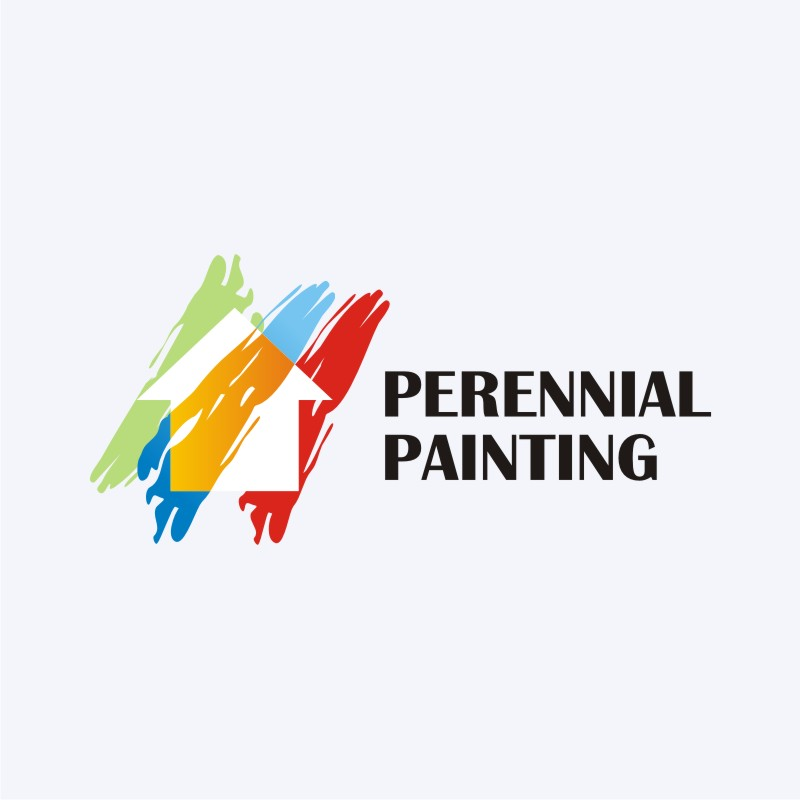Discover The Impact Of Seasonal Components On The Performance Of Industrial Outside Paint And Recognize The Ideal Times To Accomplish Enduring Results For Your Project
Discover The Impact Of Seasonal Components On The Performance Of Industrial Outside Paint And Recognize The Ideal Times To Accomplish Enduring Results For Your Project
Blog Article
Web Content Composed By-Aguilar Decker
When you're planning a business outside painting project, seasonal elements can make or break your outcomes. You'll want to think about exactly how temperature and moisture impact paint application and drying out times. Picking the right period can guarantee your paint sticks effectively and lasts much longer. However which periods are truly the most effective for this type of work? Let's discover the crucial elements that can impact your project's success.
The Influence of Temperature on Paint Application
When you're planning an industrial outside painting project, the temperature level can considerably influence how well the paint adheres and dries out.
Preferably, you wish to repaint when temperatures vary in between 50 ° F and 85 ° F. If apartment painter minnesota 's as well chilly, the paint might not treat correctly, resulting in concerns like peeling off or splitting.
On the flip side, if it's also warm, the paint can dry also quickly, stopping proper attachment and causing an irregular finish.
You need to also take into consideration the moment of day; early morning or late afternoon uses cooler temperatures, which can be much more positive.
Constantly check the manufacturer's recommendations for the certain paint you're using, as they often provide advice on the optimal temperature level range for ideal outcomes.
Moisture and Its Effect on Drying Times
Temperature level isn't the only environmental aspect that affects your industrial external painting project; humidity plays a considerable function as well. High humidity levels can slow down drying times significantly, influencing the general high quality of your paint task.
When the air is filled with dampness, the paint takes longer to cure, which can lead to concerns like inadequate bond and a greater danger of mildew growth. If you're painting on a specifically damp day, be planned for prolonged delay times between coats.
It's crucial to check local weather and plan appropriately. Ideally, go for moisture degrees between 40% and 70% for optimum drying out.
Keeping these factors in mind guarantees your project remains on track and supplies a lasting finish.
Best Seasons for Commercial Exterior Paint Projects
What's the very best season for your industrial outside paint jobs?
Spring and early fall are usually your best options. During these seasons, temperature levels are moderate, and moisture degrees are commonly reduced, developing perfect problems for paint application and drying out.
Avoid summer's intense heat, which can trigger paint to completely dry too swiftly, bring about inadequate attachment and finish. Similarly, wintertime's cool temperature levels can hinder proper drying and healing, risking the long life of your paint work.
https://www.azcentral.com/story/sponsor-story/arizona-painting-company/2019/01/01/10-things-watch-during-painting-projects-final-walkthrough/2433201002/ for days with temperatures in between 50 ° F and 85 ° F for optimal outcomes. Keep in mind to examine the regional weather report for rain, as damp problems can wreck your job.
Preparation around these aspects ensures your paint project runs efficiently and lasts much longer.
Final thought
In conclusion, preparing your commercial exterior painting projects around seasonal considerations can make a substantial distinction in the result. By organizing job throughout the perfect temperatures and moisture degrees, you'll make certain much better adhesion and drying times. Bear in mind to keep an eye on regional weather report and select the right time of year-- spring and early autumn are your best options. Taking these steps will help you attain a durable and expert finish that lasts.
